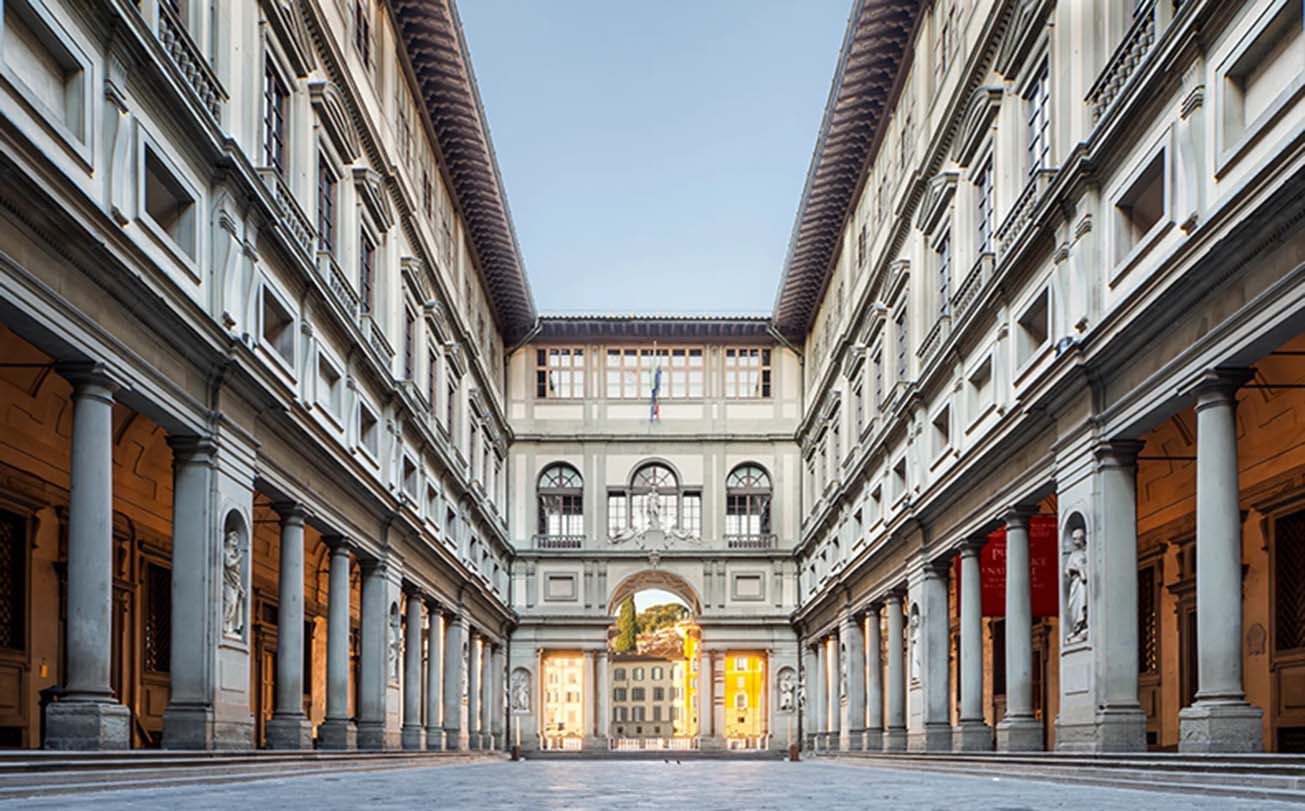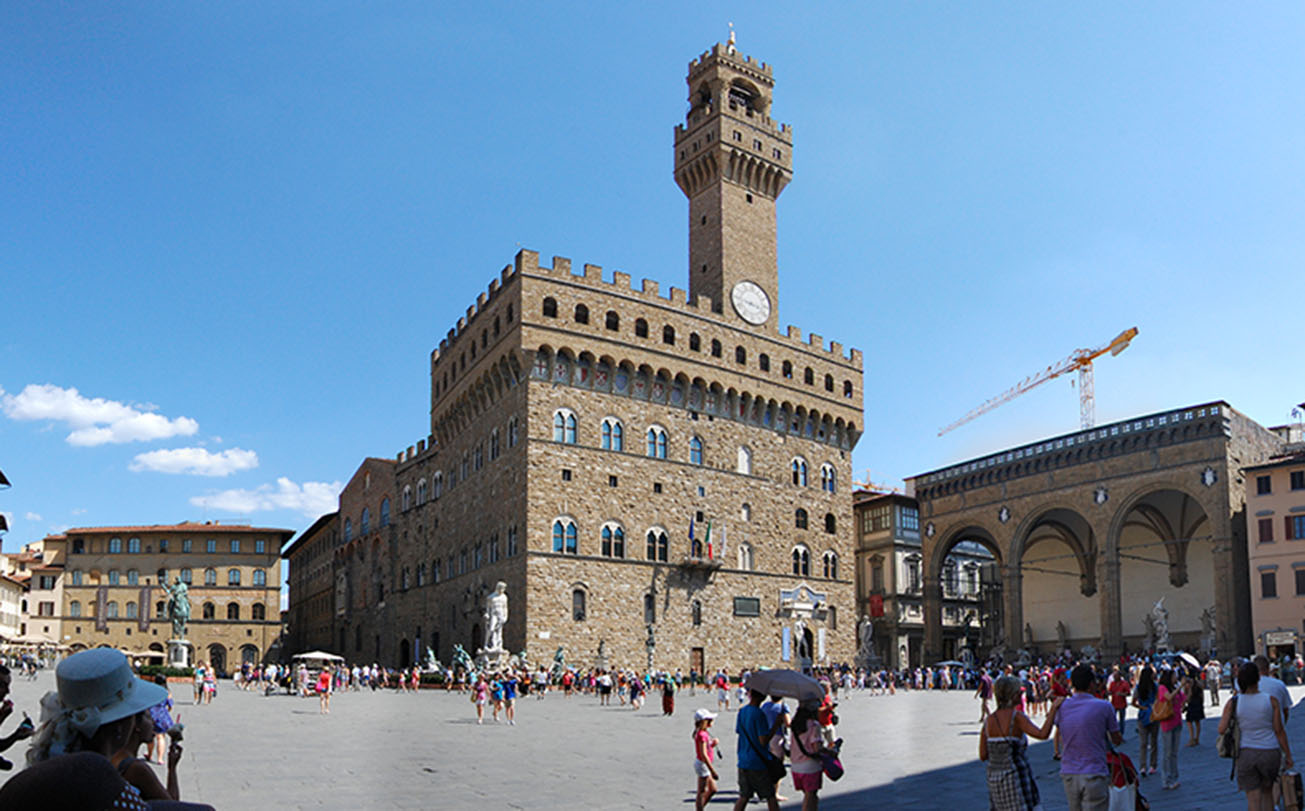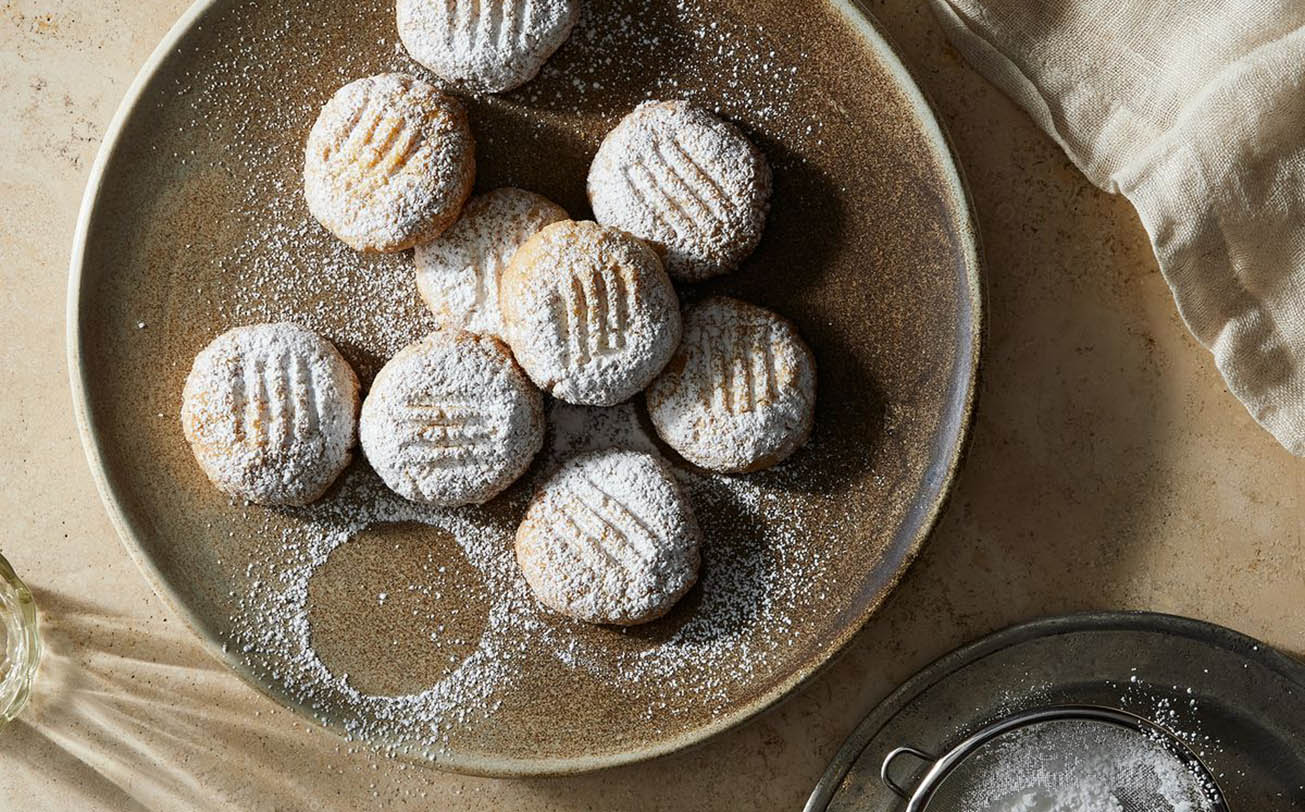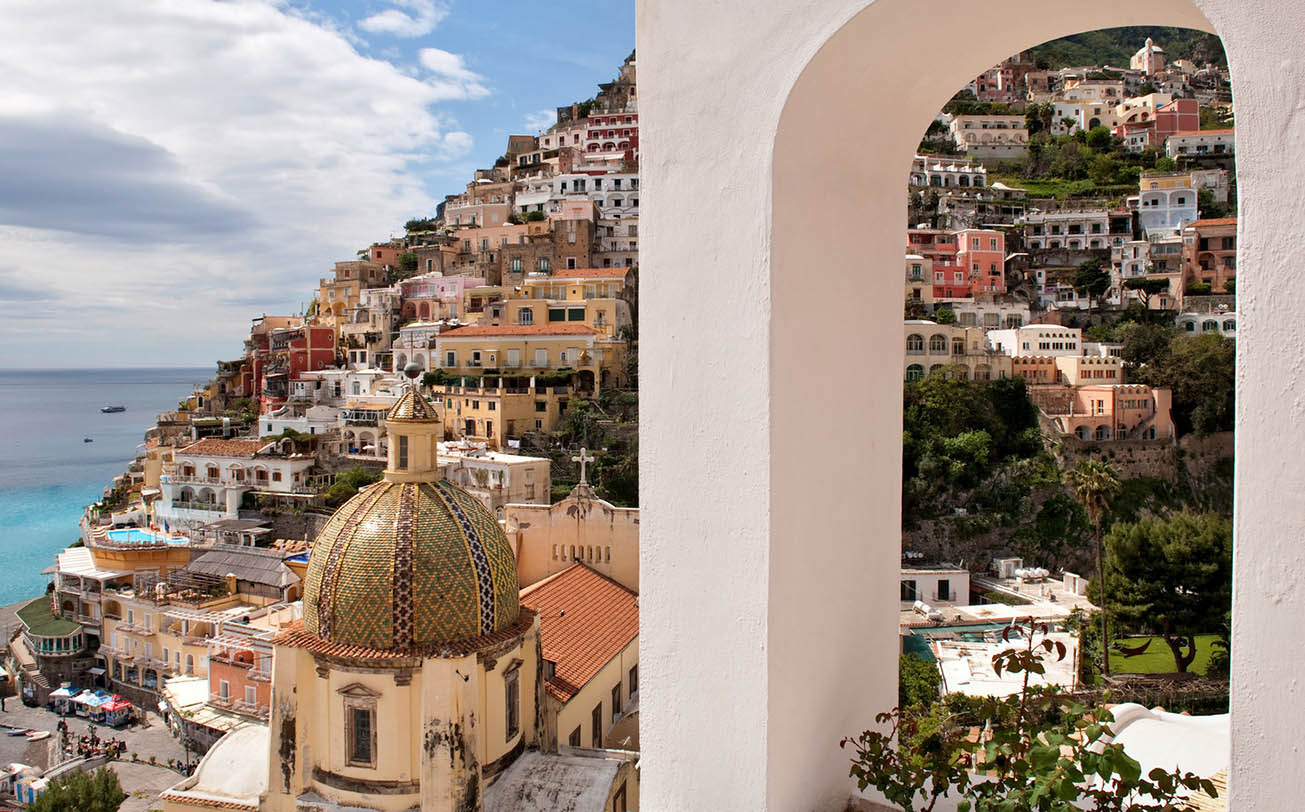Florence—what a city. It’s hard to capture in words the blend of history, culture, and art that permeates every street, building, and square. As I step off the train at Santa Maria Novella station, the warm June air wraps around me, carrying with it the distinct aroma of Tuscan summer—cypress trees, blooming roses, and the earthy scent of the city’s ancient stones. Today, I am going to immerse myself in everything that makes Florence the heart of the Renaissance.
The sun rises early in Florence in late June, casting a golden hue over the iconic terracotta rooftops. The crowds are already beginning to form as tourists and locals alike venture out to explore, but there’s a tranquility to the city that can only be felt in the morning. I decide to begin my day with a quiet walk through the historic center, allowing myself to be enveloped by its charm before the masses arrive.
Morning: A Journey Through Art and History
Breakfast at Caffè Gilli
Before plunging into the major sights, I stop by Caffè Gilli, one of Florence’s oldest and most elegant cafés. As the sun shines through the large windows, I enjoy a creamy cappuccino paired with a fresh pastry. The café’s vintage ambiance sets the perfect tone for what’s to come—Florence, after all, is a city where time seems to stand still in many ways.
The Uffizi Gallery: A Treasure Trove of Renaissance Masterpieces
With my energy replenished, I make my way to the Uffizi Gallery, perhaps the most famous art museum in the world. It’s one of those places where every corner, every room offers something extraordinary. The Uffizi opens at 8:15 AM, and I’m eager to get inside before the crowds become overwhelming.
Inside, I lose myself in the masterpieces of Botticelli, Leonardo da Vinci, and Michelangelo. The “Birth of Venus” by Botticelli is one of my favorite paintings—its ethereal beauty and the fluid grace of Venus as she emerges from the sea capture something timeless. But it’s not just the well-known pieces that captivate me. I find myself mesmerized by works that I’ve never heard of, the intricate details of lesser-known artists revealing a rich history I hadn’t anticipated.
As I stand before da Vinci’s “Annunciation,” I reflect on how much Florence shaped the course of Western art. This city didn’t just witness history; it helped create it. The Uffizi is the heart of this legacy, and spending a few hours here is an essential part of any visit.

Ponte Vecchio: The Old Bridge
After the Uffizi, I take a short walk to the Ponte Vecchio, the most famous bridge in Florence. By now, the city has come alive with visitors, and the bridge is bustling with life. The Ponte Vecchio, which spans the Arno River, is lined with small jewelry shops, their displays glittering in the morning light. It’s an iconic sight, one I’ve seen in countless photos, but seeing it in person is another experience entirely. The reflection of the buildings and bridge in the Arno creates a scene that feels almost unreal.
I stop for a moment to simply enjoy the view, taking in the history of the bridge. Built in the 14th century, the Ponte Vecchio was once home to butchers and fishmongers, but today, it’s a place for tourists to marvel at its beauty and shop for high-end jewelry. Despite the crowds, there’s a timelessness to the bridge that’s impossible to ignore. It’s as if Florence itself exists in multiple centuries at once—past, present, and future.
Midday: Embracing the Heart of the City
Piazza della Signoria and Palazzo Vecchio
Next, I make my way to Piazza della Signoria, the central square of Florence. The square is dominated by the Palazzo Vecchio, a medieval fortress that once served as the seat of government. Standing before the palace, I admire the imposing architecture, with its stone façade and tower rising above the square.
In the center of the piazza is a replica of Michelangelo’s David, a symbol of Florence’s defiance and strength. The original statue, now housed in the Accademia Gallery, is one of the city’s most famous masterpieces. As I stand here, I’m reminded of how deeply art and politics are intertwined in Florence’s history. The city’s power was not just political—it was cultural, intellectual, and artistic.
A Stroll Through the Boboli Gardens
From Piazza della Signoria, it’s a short walk to the Palazzo Pitti and the Boboli Gardens, one of Florence’s most beautiful green spaces. As the day heats up, I welcome the shade of the trees and the gentle breeze that sweeps through the gardens. The Boboli Gardens are a tranquil escape from the city’s bustling streets, and I spend an hour wandering through its paths, past fountains, sculptures, and grottos.
The gardens offer stunning views of the city and the Tuscan hills beyond. From here, Florence looks like a sea of terracotta rooftops, with the dome of the Florence Cathedral (Duomo) rising majestically in the distance. There’s a sense of peace here, a quiet beauty that contrasts with the vibrant energy of the city below.
Afternoon: The Duomo and Climbing to New Heights
Lunch at Trattoria Mario
After my stroll in the gardens, I head to Trattoria Mario for a hearty Tuscan lunch. This small, family-run restaurant is a local favorite, and the menu features traditional dishes like ribollita, a rich vegetable and bread soup, and bistecca alla fiorentina, the famous Florentine steak. The atmosphere is lively, and the food is nothing short of spectacular. As I savor the flavors of the Tuscan countryside, I reflect on how deeply connected food is to the culture here—Florence is not just a city of art and history; it’s also a city of exceptional cuisine.

The Florence Cathedral and Climbing the Duomo
No visit to Florence is complete without experiencing the Duomo, the cathedral that dominates the city’s skyline. After lunch, I make my way to Piazza del Duomo, where the massive cathedral stands proudly with its green and white marble façade. The cathedral is an architectural masterpiece, its vastness so imposing that it almost feels like an eternal part of the city. The intricate details on the façade are breathtaking, with delicate carvings of biblical scenes, saints, and angels. The contrast of the vibrant marble against the Tuscan sky makes it almost appear otherworldly.
Standing at the foot of the Duomo, I am struck by how the structure seems to reach for the heavens, its towering spire piercing the sky. The cathedral’s design is a blend of Romanesque and Gothic elements, but it’s the dome that truly sets it apart. Designed by Filippo Brunelleschi, the dome was a revolutionary feat of engineering at the time of its construction. At the time, no one had ever attempted such a grand dome without the use of scaffolding, and it took over 16 years to complete. As I look up, I can’t help but marvel at its sheer scale and complexity.
I decide to climb to the top of the dome, taking the winding staircase that leads me up through the cathedral’s inner workings. The ascent is a challenge—narrow stairs, steep inclines, and the tight quarters make it feel more like a workout than a simple sightseeing endeavor. But with each step, the anticipation builds, and the excitement of the view ahead keeps me going.
Finally, after what feels like an eternity of climbing, I reach the summit. And when I step out onto the viewing platform, Florence unfolds before me in all its glory. The Arno River winds lazily through the city, its reflective surface shimmering in the afternoon light. The hills of Tuscany form a soft, rolling backdrop, their green slopes dotted with villas and vineyards. From this vantage point, the city seems to be one with the land, a harmonious blend of nature and human achievement.
As I stand there, catching my breath, I realize why Florence has been revered as the heart of the Renaissance. From this height, I can see how the city was designed and built around the ideals of humanism—balance, harmony, and the quest for beauty. The Duomo itself, with its breathtaking proportions and unmatched engineering, embodies these ideals. The view from the top is not just a scenic snapshot; it’s a moment of connection to the past, to the creative brilliance that once flowed through this city and gave birth to the Renaissance. It’s a fitting reminder of how far Florence has come and why it remains an icon of art, culture, and history.
Evening: A Sunset to Remember
Dinner at La Giostra
As the sun begins to set, I head to La Giostra, a charming restaurant tucked away in a quiet corner of the city. Known for its romantic atmosphere and delicious dishes, it’s the perfect place to unwind after a day of exploration. I order the famous pappardelle with wild boar ragù, a dish that captures the essence of Tuscan cooking—rich, flavorful, and full of history.
The evening is warm, and the streets of Florence take on a magical quality as the lights begin to twinkle. I sit back and reflect on the incredible journey I’ve had today, from the quiet streets of the historic center to the heights of the Duomo. Florence is a city that demands to be experienced slowly, with patience and appreciation for its layers of history, art, and culture.
A Final Walk Through the City
After dinner, I take a leisurely stroll along the Arno River, watching the reflections of the Ponte Vecchio dance on the water. The city feels different in the evening—more intimate, almost dreamlike. Florence at night is a city that invites contemplation, as if the centuries of art, politics, and culture are whispering to me from every corner.
As I head back to my hotel, I’m reminded that Florence isn’t just a city you visit—it’s a place you experience, where every moment feels like a brushstroke in a larger masterpiece. One day here isn’t enough to uncover all its secrets, but it’s a start—a start that I know will bring me back again and again.



